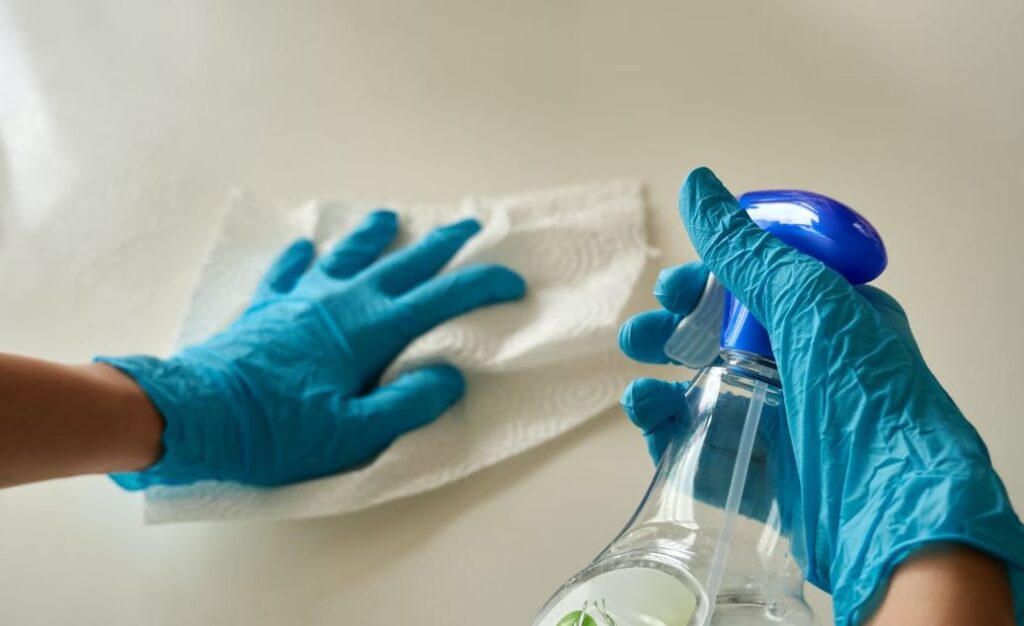We are all exposed to toxins every day. They’re in the air we breathe, the water we drink, and our food. Some of these toxins are natural, while others are artificial. While our bodies are designed to deal with small amounts of toxins, exposure to too many can be harmful. It can lead to health problems like cancer, reproductive issues, and developmental disorders. You can take steps to protect yourself and your family from harmful toxins. Here are eight legal tips for reducing your exposure to toxins and protecting your health:
1. Know What’s in Your Food
The first step in reducing your exposure to toxins is to know what’s in your food. Some farming activities, like using pesticides and herbicides, can introduce toxins into the food supply. A farmer may use the brand Gramaxone to kill weeds, for example, but the active ingredient in Gramaxone is paraquat, a toxic chemical. You can’t always tell if toxins have contaminated your food. The best way to protect yourself is to buy organic food. Organic foods are produced without the use of harmful pesticides and herbicides.
You have a right to know what’s in your food and how it was grown or raised. The U.S. Food and Drug Administration (FDA) requires food manufacturers to list ingredients on their labels. You are entitled to compensation if you’ve been harmed by mislabeled food or contained harmful ingredients.
2. Avoid Toxins in the Workplace
You may be exposed to toxins at work. If you work with hazardous materials, you’re at risk of exposure to toxins like lead and asbestos. Even if you don’t work with hazardous materials, you may still be exposed to toxins like mold and cleaning chemicals.
Some laws protect workers from exposure to harmful toxins. The Occupational Safety and Health Administration (OSHA) limits the number of toxins employers can expose their workers to. Employers are also required to provide safety equipment and training to workers exposed to toxins. If you think you’ve been exposed to toxins at work, you should see a doctor and file a report with OSHA. You may be entitled to workers’ compensation benefits if you’ve been harmed by exposure to toxins at work.
3. Be Careful When Renovating Your Home
If you’re planning a home renovation, be careful of the chemicals you use. Some paints, stains, and adhesives contain toxins like lead and formaldehyde. These toxins can be released into the air when the products are used.
You can reduce your exposure to toxins by using low-emitting products. The EPA has a program called the Indoor Air Plus voluntary guidelines that certifies products that meet strict emissions standards. Using low-toxicity or no-VOC (volatile organic compounds) products can also help reduce your exposure to toxins. You can also ventilate your home while renovating to reduce your exposure to toxins.
4. Keep Your Home and Workplace Clean
You can reduce your exposure to toxins by keeping your home and workplace clean. Vacuum regularly with a HEPA (high-efficiency particulate air) filter to remove airborne toxins like dust and pollen. Dust surfaces with a damp cloth to avoid stirring up dust particles. And wash your hands often, especially before you eat or after being outside.

You should also avoid using products that contain harmful chemicals. Look for natural alternatives to household cleaners, pesticides, and other toxic products. Using natural products will help protect you from exposure to toxins, which will also help protect the environment.
5. Test Your Home for Lead
Exposure to lead can cause serious health problems, especially in young children. Even low levels of lead exposure have been linked to learning disabilities, behavior problems, and lower IQ scores. Lead is found in many places, including old paint, contaminated soil, and some imported consumer goods.
If you find lead in your home, you should remove it by hiring a certified lead abatement contractor to do it for you. Be sure they follow the proper safety procedures when removing lead-based paint to reduce lead dust and avoid exposure to toxins. You can protect yourself and your family from lead exposure by:
- Buying lead-free products
- Avoiding importing goods from countries with lax environmental regulations
- Checking for lead in your home and getting rid of any lead you find
6. Beware of Household Chemicals
Many common household products contain harmful chemicals. These chemicals can be released into the air when the products are used. They can also be absorbed through the skin.
Some of the most common household toxins include:
- Bleach
- Ammonia
- Laundry detergent
- Dishwashing soap
- Furniture polish
- Air fresheners
You can reduce exposure to these toxins by using natural alternatives to household chemicals. For example, you can use vinegar and baking soda to clean your home instead of toxic cleaning products. You can also use natural pesticides like neem oil to control pests. You can also ventilate the area where you’re using these products and avoid using them in enclosed spaces.
7. Get Rid of Hazardous Waste Properly
Hazardous waste is any material that is poisonous, corrosive, flammable, or explosive. Hazardous waste can be found in many places, including homes, businesses, and factories.
If you have hazardous waste in your home, you should get rid of it properly. Don’t throw it in the trash or pour it down the drain. This can contaminate the environment and harm people and animals.
Instead, take your hazardous waste to a local disposal facility. Most communities have facilities that accept hazardous waste. You may also be able to take your hazardous waste to a local recycling center. Be sure to follow the proper safety procedures when handling and to dispose of hazardous waste. This will help protect you and the environment from exposure to harmful toxins.
8. Educate Yourself About the Risks of Toxins
The best way to protect yourself and your family from exposure to toxins is to educate yourself about the risks. Learn about the different types of toxins and where they’re found. Be sure to read labels carefully and buy products low in toxins. You can also find out about the environmental regulations in your area and make sure that businesses and factories are following them. This will help reduce the number of toxic chemicals released into the environment.
By following these tips, you can protect yourself and your family from exposure to harmful toxins. Remember, even low levels of exposure to toxins can be dangerous. So it’s essential to take precautions to avoid exposure to toxins in your home and workplace.

